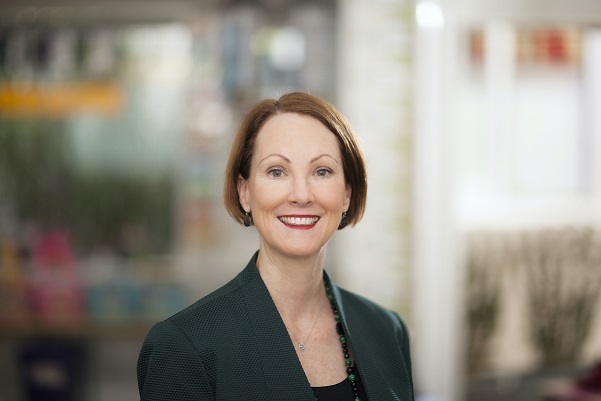
While the COVID-19 pandemic and the remote learning model have no doubt changed the way schools operate, one of the less talked about challenges is how to facilitate new student enrolments during this unprecedented time.
To address this challenge, Strathcona Girls Grammar has shifted its student orientation framework online, and so far, the results have been promising to say the least.
During remote learning, the school successfully completed a virtual enrolment, with the student having had her first day in a virtual classroom. The enrolment process involved a virtual tour of Strathcona, a pre-involvement interview via WeChat, and a personal meet and greet via Zoom with the student’s new teacher.
The school’s principal, Marise McConaghy, says this new process will have a flow on effect on how the school will facilitate enrolments in the future – especially if multiple visits to the school isn’t logistically possible for the family.
Below, The Educator speaks to McConaghy, who shares her insights on best-practice virtual enrolment processes and provides tips on how schools can create interactive enrolment experiences for new families.
TE: I understand your school rolled out a very successful virtual enrolment system during remote learning. Can you tell us about how this worked, and the benefits the school saw during this time?
MM: We used this time to reflect upon the preferred communication methods of our families, and how we could translate our remote learning success to the enrolment process. By doing this, Strathcona was privileged to welcomed more than ten new students during remote learning, across our Junior School, Senior School and in our Early Learning Centre. For us, our digital presence in the enrolment journey is just as valuable as our physical school presence and we always try to put our best foot forward. We launched a new Chatbot on our website to communicate with both our current and prospective community. We also used leading digital communication platforms and trends to facilitate an informative and personalised decision-making process to our families by connecting them directly with our thought leaders and subject experts, via platforms such as Microsoft Teams, Zoom and WeChat. We even conducted virtual tours of the school with prospective families. Our new students really experienced the benefit of this through our transition and onboarding process, in that they had the ability to create meaningful social connections with their peers prior to their first day of physically attending our campuses. For each student this experience was different, and we have observed a smoother and more positive experience for them as they just now commence their first weeks of learning on campus.
TE: How will this experience impact how Strathcona facilitates enrolments in the future?
MM: We plan to integrate into our enrolment process some best practice e-learning opportunities that provide our new students valuable insight into what they can expect from their first days and weeks at Strathcona – from knowing where to go on the first day, to seeing a typical day at the School –with an aim to foster enthusiasm and confidence as they transition into a new school environment. We’re fortunate that a majority of our new students are already equipped with a strong digital toolkit so being able to connect buddies digitally in the weeks leading up to Day One and even providing parent / teacher meeting opportunities to collaboratively prepare learning goals and individualised plans for the year ahead has been made possible and is very valuable.
TE: In your view, what does the future of school enrolments look like?
MM: The potential for enrolments in the future is positive. There is much to learn from the students themselves, and our new parents, and this has been a valuable conversation for us about what they would like to know and experience as they prepare to join our community. We want to provide an enrolment process that is easy to navigate, for both our new families and teachers. For us, the enrolment process is really an opportunity to have an authentic conversation with our future Strathcona community and consider their needs. The main focus through our successful virtual enrolment system has been to support the wellbeing of these students as they onboard, just as it would be in our physical environments. This is new territory for all of us, as it is for our community, and it is wonderful that we can partner with our future families in this new adventure together with shared goals and values. This has been a focal point of discussion has been in many schools as we all try to ascertain how to use what we have learned and make critical elements of it part of our normal routines and processes.
TE: What are some best practice tips for virtual enrolment processes you would recommend for other schools and leaders?
MM: When we made the first steps into remote learning, we found it valuable to be able to mobilise in a responsive and meaningful manner. Throughout this time, it has been vital to pivot at short notice, responding flexibly and prioritising the needs of families as they too face unpredictable challenges in their home lives. It has also highlighted the importance of that human connection within the enrolment process. So often in schools, I have observed that we action things administratively not as a result of an authentic need but rather as a sort of muscle memory… In other words, this is how it has always been done and we simply have not stopped to ask if this is something that needs to be done or if we could be doing things better or differently. This time has allowed us truly refine how and why we do things, as we look towards an exciting future.


